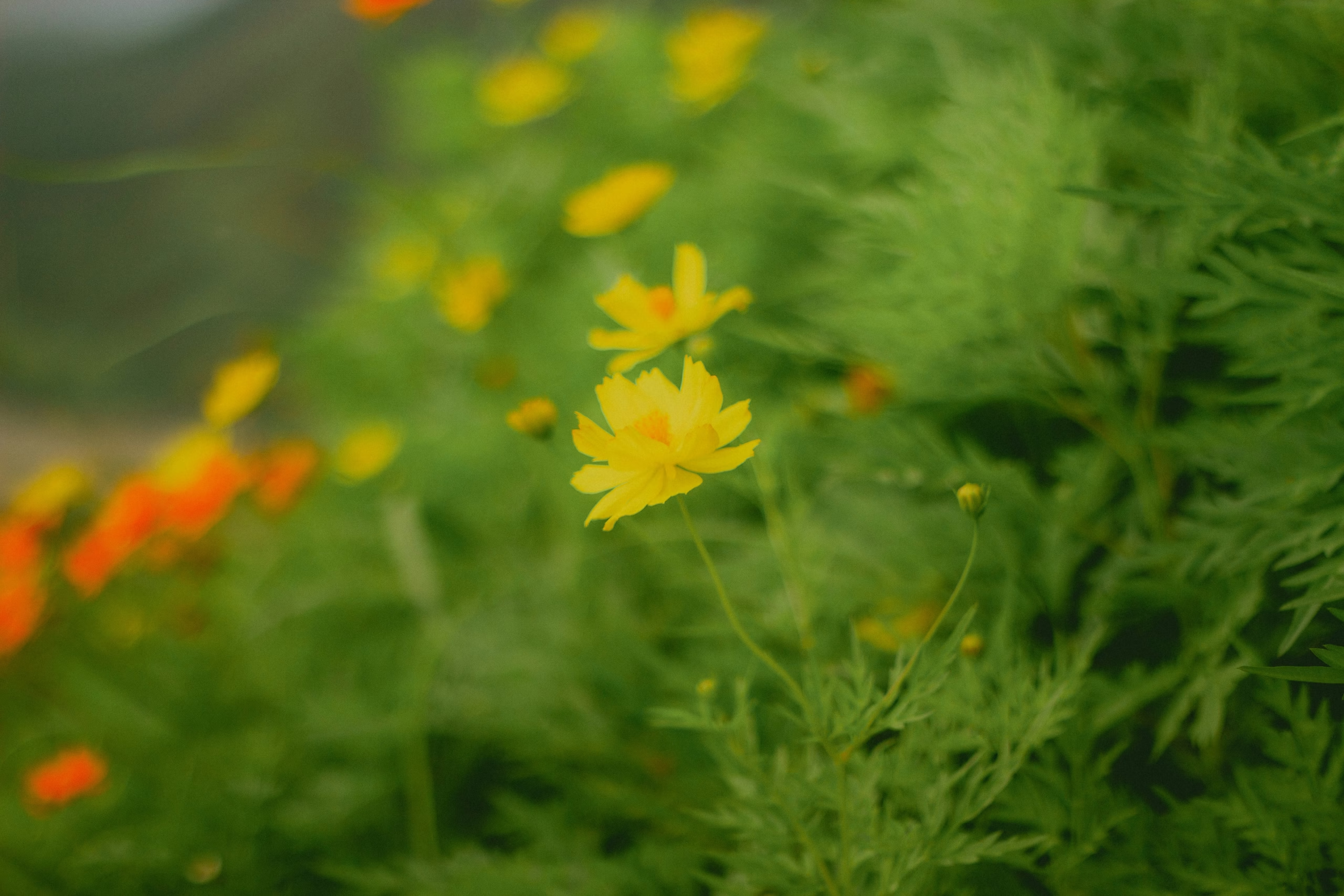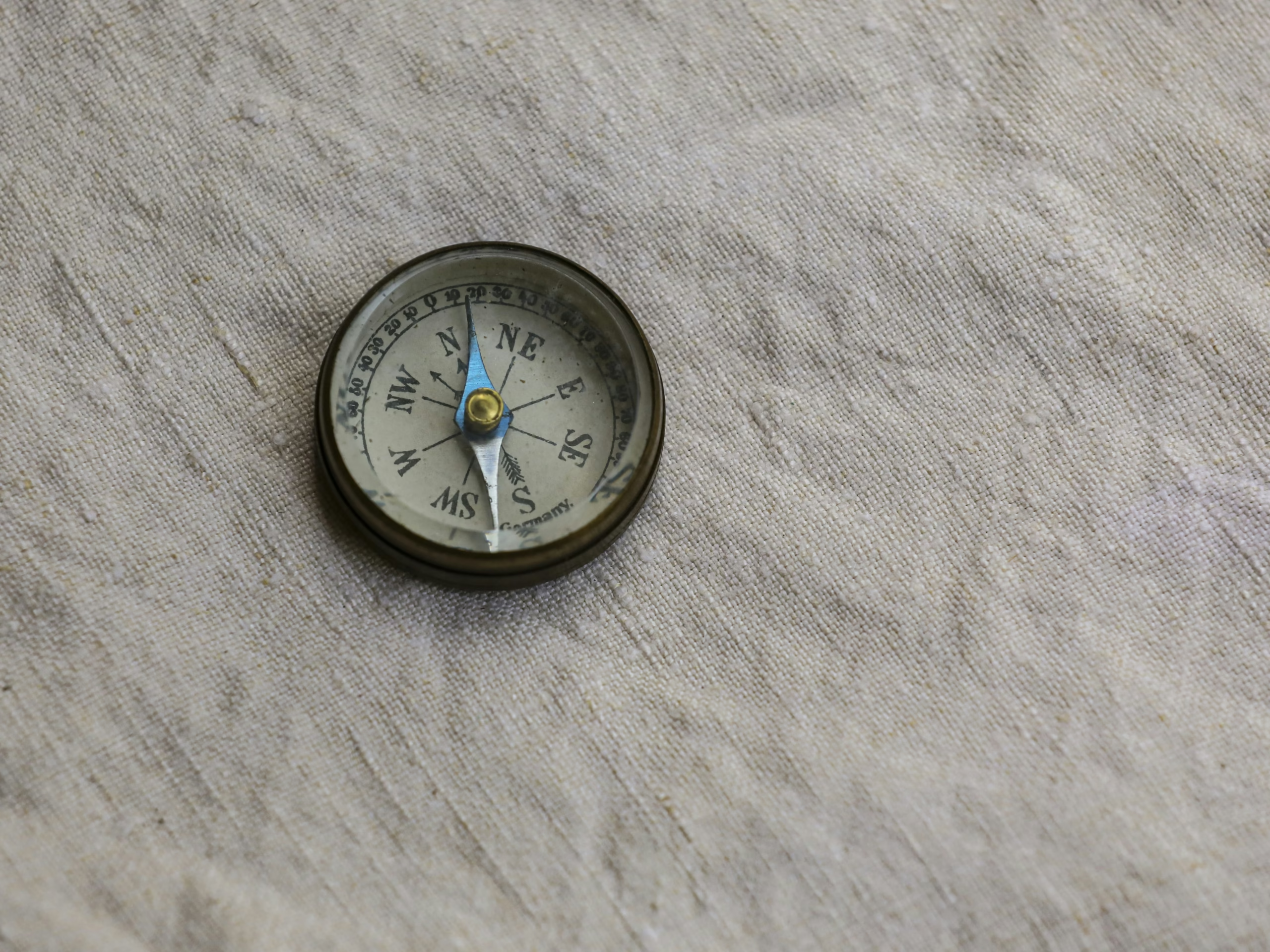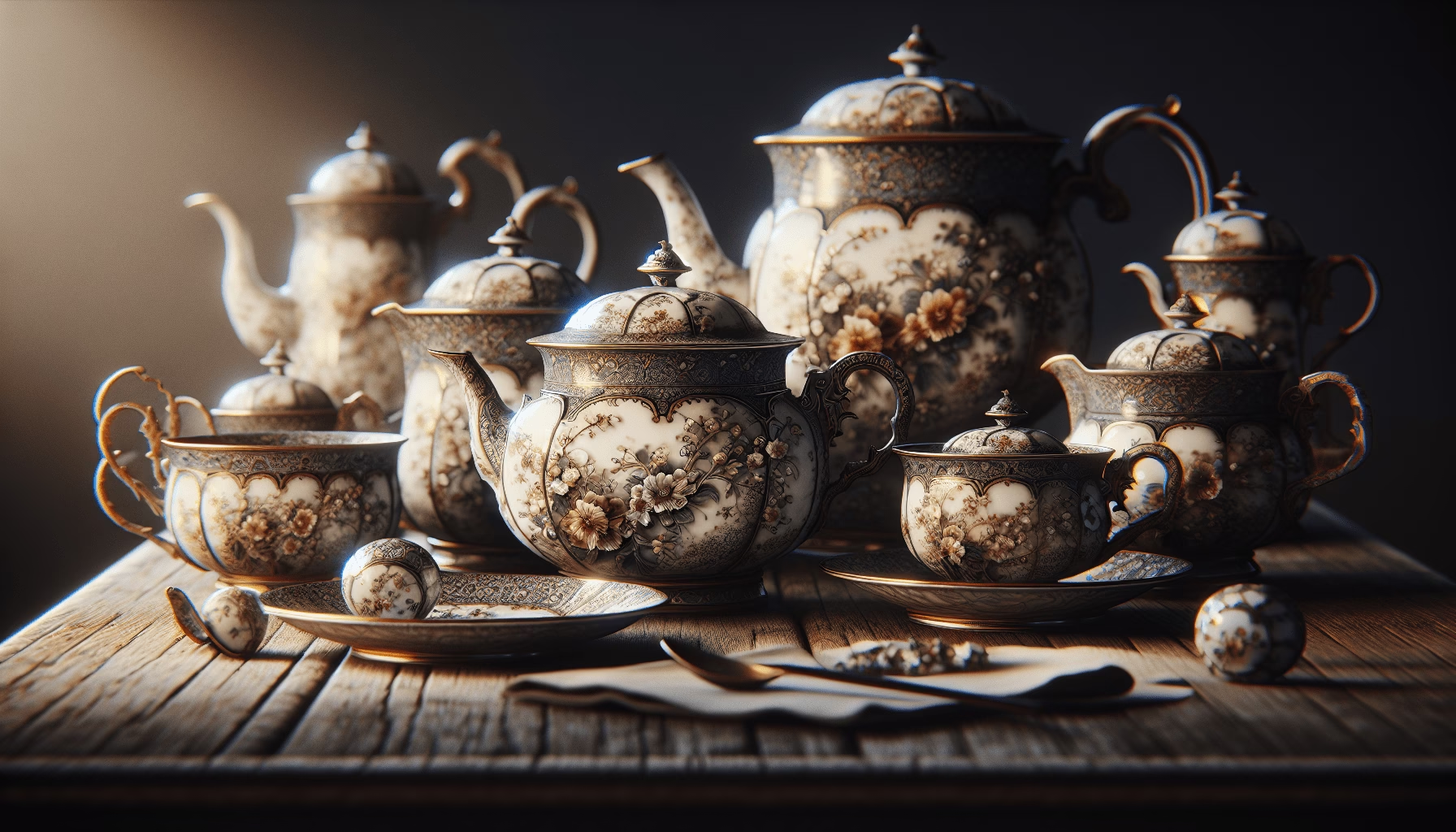What gives an antique tea set its value? Is it the delicate floral patterns that have withstood the test of time, or perhaps the stories etched into the porcelain by generations past? Understanding the worth of an antique tea set involves more than aesthetic appreciation or sentimental value. This guide aims to provide expert insights into the complex world of assessing antique tea set value, helping enthusiasts and collectors evaluate their timeless treasures with confidence and accuracy.

Table of Contents
The Historical Significance of Tea Sets
Tea sets, far from being mere containers for a beverage, have served as cultural symbols across various historical epochs. Originating in China during the Han Dynasty, the tea set has evolved alongside the rituals and customs of tea drinking. European countries, once introduced to tea in the 17th century, began producing their own ornate sets, often reflecting the trends of their time. Victorian-era tea sets, for example, are known for their intricate designs and gilded edges.
In assessing antique tea sets, understanding their historical context is crucial. A set’s era can immensely affect its value. Tea sets from particular periods, like Georgian England or Ming Dynasty China, are often more sought after because they represent quintessential aspects of their times. Additionally, historical anecdotes, such as those tied to specific artisans or previous owners, can add layers of value by deepening the set’s narrative complexity.
Key Factors in Valuing Antique Tea Sets
Evaluating an antique tea set goes beyond mere age and appearance. There are several key factors to consider that will impact the set’s market value:
Age and Rarity
Older tea sets are generally more valuable, particularly if they are rare or from a notable production era. The age determines the scarcity of the set, as older pieces are less likely to have survived the centuries intact.
Provenance and Historical Context
The story behind a tea set can enhance its value significantly. Documentation or a well-established history of ownership, particularly if the set belonged to notable figures or was used in significant historical events, can make a set more desirable.
Condition and Completeness
A complete set in excellent condition is more valuable. Chips, cracks, or missing pieces can detract from the set’s value, while a set that maintains its original artwork and glaze will fetch a higher price.
Craftsmanship and Manufacturer
The skill of the workmanship and the reputation of the manufacturer play crucial roles. Sets made by renowned artisans or prestigious manufacturers like Wedgwood or Meissen are generally highly valued. Moreover, exceptional craftsmanship is evidenced by intricate details and top-quality materials.
Material and Design
The type of material (porcelain, bone china, etc.) and design can greatly influence value. For instance, sets made from fine bone china are typically more valuable than those made from earthenware or stoneware. Design trends from particular periods or regions, like Japanese Imari patterns or Art Nouveau styles, can further enhance value.

Step-By-Step Guide to Assessing Antique Tea Sets
Assessing an antique tea set requires a methodical approach, blending research, observation, and expert consultation. Below is a step-by-step guide to aid in this process:
1. Research the Tea Set’s Background
Begin by researching the tea set’s provenance. Look for maker’s marks, hallmarks, or other identifying labels on the bottom of the pieces. Libraries and online databases are rich resources for identifying these marks.
2. Analyze Condition and Completeness
Examine each piece for any signs of damage or wear. Use a magnifying glass to inspect for hairline cracks, chips, or restoration work that might not be immediately visible to the naked eye. Verify that the set includes all original pieces, as a complete set is significantly more valuable.
3. Evaluate Craftsmanship and Design
Assess the craftsmanship by closely examining the detail and precision of the designs. Use a reputable guide or conduct a digital search to compare design features with those typical of known manufacture periods or artistic movements.
4. Authenticate Material Use
Confirm the material composition of the tea set. True porcelain, for example, will have a semi-translucent quality when held to light. The material can also be tested in a laboratory setting to confirm its authenticity, especially for high-value pieces.
5. Consult with Experts
Consider having the set appraised by a professional antique dealer or appraiser. They can offer insights not only into the set’s value but also its potential market demand. Networking with collectors’ groups can provide additional perspectives and potential marketplace avenues.
6. Keep Up with Market Trends
Stay informed about current market trends for antique tea sets. Auction results, dealer sales, and collector demand can vary, influencing the value of certain types of tea sets at any given time.
Case Studies and Comparisons
To provide a deeper understanding, let’s explore real-world examples of how these principles apply in practice:
The Case of the Georgian Silver Tea Set
A tea set from the Georgian era recently attracted considerable attention, mainly due to its impeccable lineage. Tracing its ownership back to the British aristocracy, this set possessed extensive documentation further enhancing its value. Crafted in silver by a renowned London silversmith, the set exemplified the characteristic elegance of its time. The rarity of its complete condition, coupled with its detailed embellishments typical of Georgian design, saw the set achieve a record price at auction.
The Japanese Imari Set Comparison
In contrast, consider the comparatively understated allure of a Japanese Imari tea set. While not as old as the Georgian silver example, this set from the late Edo period is valued for its vibrant colors and bold patterns. The increasing popularity of Japanese ceramics among collectors has driven its market value significantly higher in recent years, illustrating how market trends can dynamically influence the perceived worth of an antique tea set.

The Importance of Visual Documentation
In valuing antique tea sets, visual documentation serves as a powerful tool. Ensuring each tea set is carefully photographed can aid in tracking provenance, documenting condition, and facilitating appraisals. Images should highlight major features, maker’s marks, and any notable condition concerns. This visual evidence can be instrumental in buyer assurance during sales or auctions.
Creating an Effective Visual Archive
- Quality Photography: High-resolution images taken from multiple angles.
- Detailed Close-Ups: Focus on maker’s marks, damage, and intricate craftsmanship details.
- Consistent Documentation: Capturing similar shots for ongoing comparisons over time.
Infusing Knowledge into Collections
For both novice collectors and seasoned enthusiasts, understanding the nuances of antique tea set valuation is invaluable. It enhances enjoyment and appreciation while providing the confidence needed to make informed decisions about buying, selling, or merely preserving a beloved set. Knowledge not only adds layers to the collecting experience but also ensures that these historic artifacts are respected and cherished, preserving their stories for future generations.
In conclusion, assessing the value of an antique tea set is a multifaceted process that blends art, history, and market science. Through careful consideration of factors such as age, provenance, and craftsmanship, and by staying informed on market trends, one can accurately gauge the worth and significance of these treasures. The journey to discover a tea set’s true value is often as rich and rewarding as the steeped traditions it represents.


